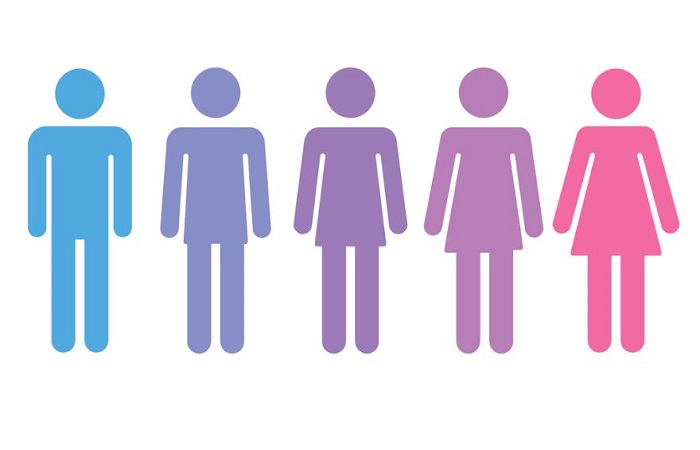
Employee Benefits Live 2018: Employers need to be aware that gender “transitioning is a journey; it doesn’t necessarily have a prescribed end” when considering strategies around diversity and inclusion and employee wellbeing.
In a session titled ‘Gender dysphoria: the individual, the workplace and the healthcare provider’, Pete Mercer, head of public sector membership programmes at lesbian, gay, bisexual and transgender (LGBT) charity Stonewall, Joanne Mason, former chair at transgender organisation Sparkle, and Peter Mills, European medical director at health insurer Cigna Global Health Benefits discussed how organisations can be more transgender inclusive within the workplace as part of the HR strategy conference stream on Tuesday 2 October 2018.
For Mercer, inclusivity is not a tick box exercise. “Inclusion is never done. Organisations have to be able to change,” he said. To achieve this, he outlined a five-step process that can help employers become more inclusive in their practices. Firstly, employers should ensure to educate themselves, using a variety of platforms, in order to gain a broad understanding of trans-inclusive issues. Topics employers could research include transgender identities and how diverse and different these can be, language and terminology, relevant legislation and legal responsibilities and examples of transphobia.
Next, Mercer recommended that employers look to update their HR policies. This could include, for example, amending the organisation’s harassment, discrimination, bullying and parental policies to ensure equality across all employees and to confirm that these address trans-specific issues too. Thirdly, organisations should create a proactive action plan to help steer inclusion activity. This should feature milestones, have clearly defined stages and be consistent across the entirety of the business. Employers may want to include gender identity training and the introduction of a LGBT employee network group as part of this approach.
Mercer then suggested that employers promote an organisational commitment to inclusion; this can include formal policies and more mundane considerations, such as physical workplace facilities. Lastly, employers should look to develop a specific transitioning at work policy to support staff who may wish to undergo this in the future. This should include a policy document, definition document, manager guide and a frequently asked questions document, to help dispel myths around gender dysphoria and the transitioning process.
A detailed inclusion process such as this could have been of use to Mason when she underwent her own transition journey at the end of 2016 and in early 2017. However, her experiences paint a very different picture, as she left her IT career because business leaders were not accepting of her identity after she started her transition journey.
For Mason, a key learning for employers is that monitoring is important once an employee returns to work after starting their gender transition journey. This, ideally, could take the shape of gathering regular employee feedback, just to check in to see how the employee is coping and ask whether there is anything else the business can do to support them. Mason explained: “The takeaway from my experience of transitioning at work is: don’t just put the boat in water and push it and let it go. [Employers] have got to monitor things as they go along, they’ve got to look for signs if things are going wrong and discover problems as well, which [employers] may not be aware about.”
On the healthcare provision side, employers looking to provide support to their employees in this area may find a lack of facilities could be a hindrance. Cigna’s Mills explained that in the UK, there are only 11 NHS gender identity clinics, with one in Wales due to open at the end of the year. On the private healthcare side, there are two private clinics in this field.
Despite this, there are still options employers can investigate, such as early consultations, counselling and hormone therapies. “This is not a new issue for society or individuals; it’s one now that we’re thankfully embracing and looking at in a sensible fashion,” Mills concludes. “Transitioning in a trans person is a journey, it’s not necessarily the classic journey, it doesn’t necessarily have a prescribed end to it. It’s like a train station, but [employees] don’t have to necessarily go to the end of the line.”